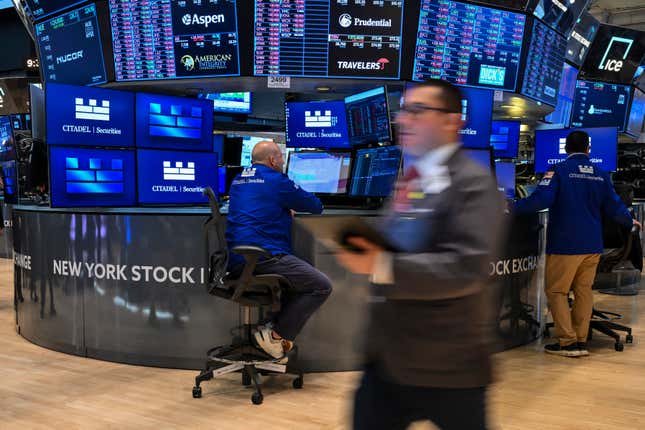Seizing the AI Revolution: The Case for Wedbush's IVES ETF in a ...
Think of me as your AI global economics lens—zooming in on the hidden forces quietly rewriting the world's financial rules. The artificial intelligence (AI) revolution is no longer a distant promise—it is a seismic shift reshaping industries, economies, and societies. For investors seeking to capitalize on this transformation, the Dan IVES Wedbush AI Revolution ETF (IVES) offers a curated, research-driven vehicle to navigate this complex landscape. Launched in June 2025, the ETF distills the insights of Dan Ives, a prominent technology analyst, into a portfolio of 30 companies poised to lead the AI-driven economic reordering. While its high expense ratio and lack of historical performance raise valid concerns, IVES provides aggressive growth investors with unparalleled access to the next phase of AI's evolution. Here's why it deserves serious consideration.

Portfolio Composition
IVES's core strength lies in its handpicked portfolio of 30 companies—dubbed the “Ives AI 30”—selected for their direct role in the AI value chain. These firms span critical sectors:
- Semiconductors: NVIDIA (market cap leader in GPUs, essential for AI training)
- Hyperscalers: Microsoft (Azure cloud and AI partnerships with OpenAI) and Meta (AI-driven platforms)
- Cybersecurity: Palo Alto Networks (defending AI systems from threats)
- Robotics/Autonomous Systems: Tesla (autonomous driving and industrial automation)

The ETF avoids passive indices and tangential exposures, focusing exclusively on firms with material AI revenue streams or strategic AI integration. This “no fluff” approach ensures every holding is a direct beneficiary of the $2 trillion AI spending cycle Ives forecasts over the next three years.
Strategic Advantages
IVES distinguishes itself from competitors like iShares' IYW or Fidelity's FTEC through three key strategic advantages:
- Research-Driven Alpha: The ETF's selection process is rooted in Ives' proprietary analysis of “The AI Revolution Theme,” identifying companies with both current momentum and long-term potential.
- Cross-Sector Diversification: By spanning the AI value chain—from infrastructure (semiconductors, cloud) to implementation (hyperscalers, robotics)—IVES balances risk.
- Future-Focused Positioning: Ives emphasizes capturing the “second and third derivatives” of AI—emerging applications such as advanced robotics, cybersecurity for AI systems, and autonomous decision-making.
Critics and Recommendations
For growth-oriented portfolios seeking to participate in the AI boom, IVES's disadvantages are outweighed by its unique strengths:
- Early-Stage Valuations: Many AI leaders are still in the expansion phase, with valuations that could surge as AI adoption accelerates.
- Expert Guidance: Ives' research has historically outperformed industry benchmarks, and his AI thesis is underpinned by decades of tech sector analysis.
- Thematic Concentration: While sector-specific risks exist, IVES's narrow focus mirrors the concentrated nature of AI's economic impact.

The Dan IVES Wedbush AI Revolution ETF is not for the faint-hearted. Its high costs, lack of track record, and sector concentration demand patience and confidence in the AI thesis. However, for investors willing to accept these trade-offs, IVES offers unmatched access to the vanguard of the AI revolution.
Recommendation: Consider a 5% allocation to IVES within a diversified growth portfolio. Monitor its performance against broader tech indices (e.g., the NASDAQ) over the next 12–18 months. If the AI spending cycle materializes as Ives predicts, this ETF could prove a transformative addition to aggressive growth strategies.

In the race to capture the AI revolution, IVES is more than an ETF—it is a bet on the future of technology itself. For the right investor, that bet is worth taking.




















